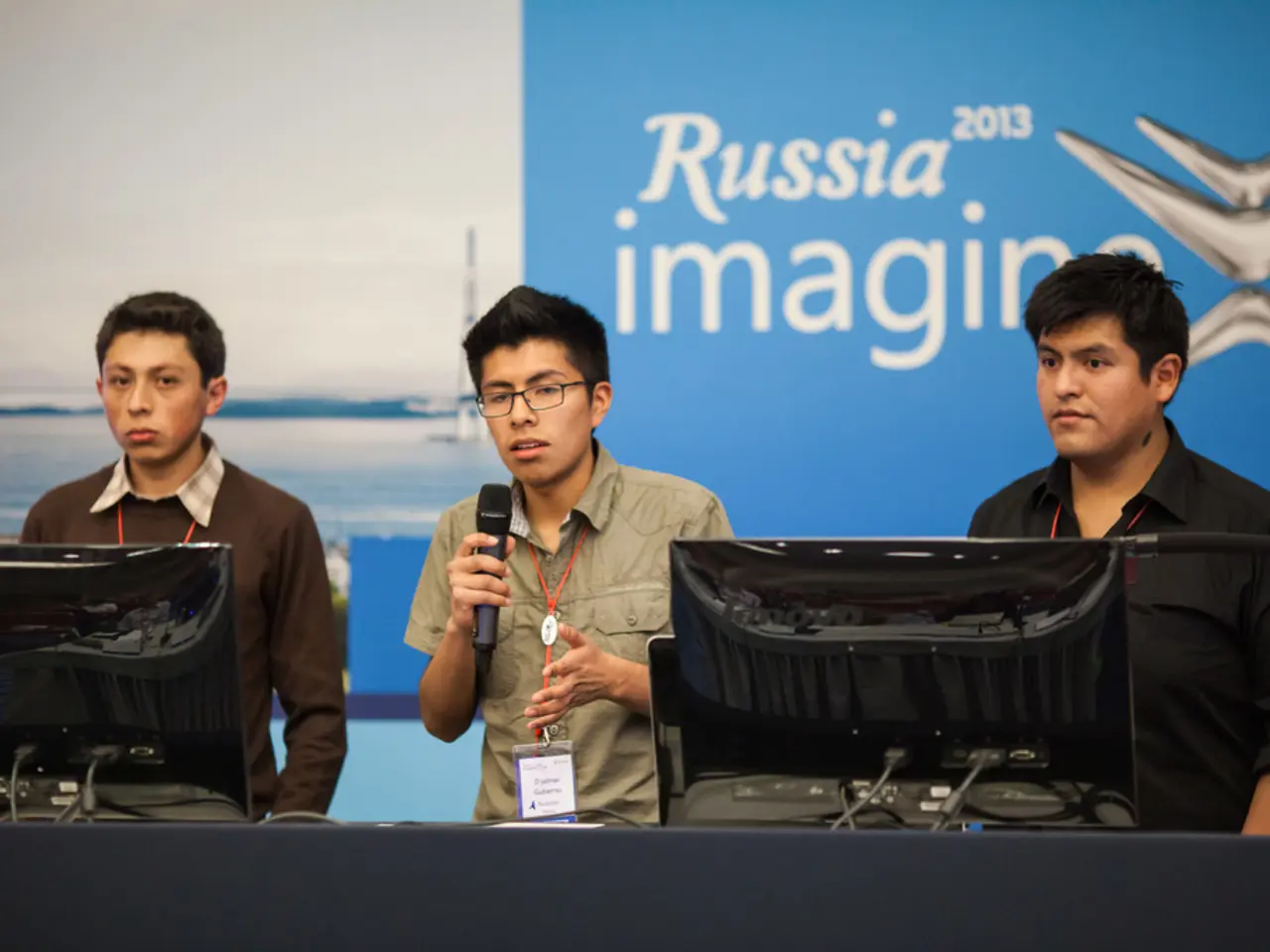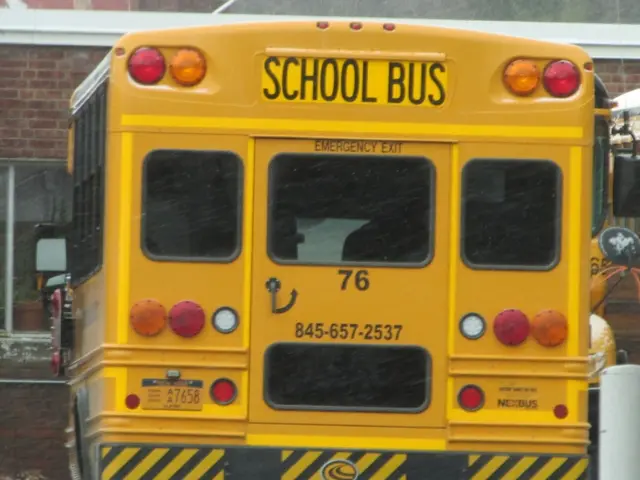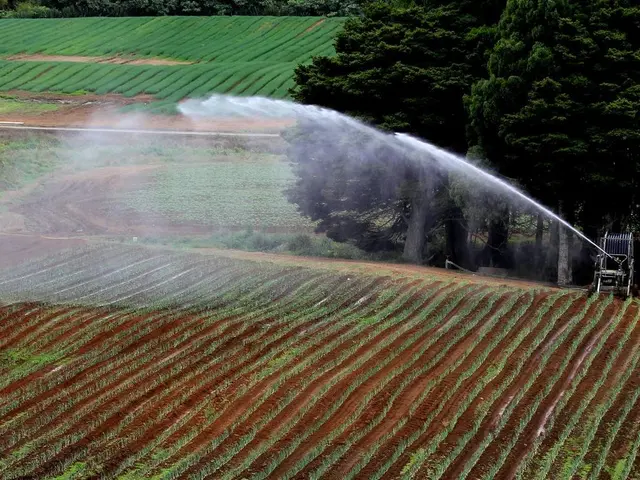Anticipated emergence of approximately 60,000 additional teachers beyond requirement in Russia, as forecasted by the trade union.
In the coming years, Russia's Ministry of Education and Science anticipates significant shifts in the country's educational landscape. According to recent estimates, the number of primary school students (grades 1-4) is set to decrease by 346,700 as of September 1, 2025, while the middle school population (grades 5-9) is expected to expand by 314,500 during the same period.
These demographic shifts could lead to a surplus of primary school teachers, with the "Teacher" trade union predicting around 60,000 primary school teachers may become "surplus" by 2028. The Ministry of Education and Science has proposed a solution where primary school teachers could retrain as subject teachers in middle and high schools.
The surplus primary school teachers and the potential impact on the education system remain subjects of ongoing discussion, with no specific details provided by the RBC Group or Olga Miryasova, the union's organizational secretary.
Starting September 1, 2025, the maximum allowable workload for students in grades 1-4 will be from 20 to 21 hours per week in the 1st grade, from 23 to 26 hours in the 2nd grade, from 23 to 26 hours in the 3rd grade, and from 23 to 26 hours in the 4th grade. Over four academic years, the number of lessons for students in grades 1-4 should not be less than 2966 hours and no more than 3305 hours, with a five-day or six-day school week.
This transition from primary to middle school could require additional teachers to cater to the increased student population. Meanwhile, the teacher-student ratio in 2024 was 20 students per teacher in primary schools, according to the Institute of Statistical Research and Economics of Knowledge at the Higher School of Economics.
As the educational landscape evolves, it's crucial for governments to implement policies that effectively manage teacher allocation and invest in teacher training programs. This will ensure that educational resources are distributed where they are most needed and that teachers are adequately prepared for their roles in the changing educational landscape.
To conduct a more detailed analysis specific to Russia from 2025 to 2031, data on the actual enrollment numbers for primary and middle schools, demographic trends affecting school-age populations, current teacher supply and demand data, and educational policy initiatives aimed at managing teacher allocation and workload would be necessary.
- The significant demographic shifts in Russia's educational landscape, particularly the anticipated decrease in primary school students and increase in middle school students, could necessitate a review of the general-news topic, "Education-and-self-development," focusing on identifying possible strategies for reallocating surplus primary school teachers to address the expanding middle school population.
- As the teaching workforce adapts to the evolving educational landscape, discussions about the impact of the demographic shifts on the education system and the necessary policies for effective teacher allocation and training programs become vital, falling under the umbrella of both general-news and education-and-self-development.




